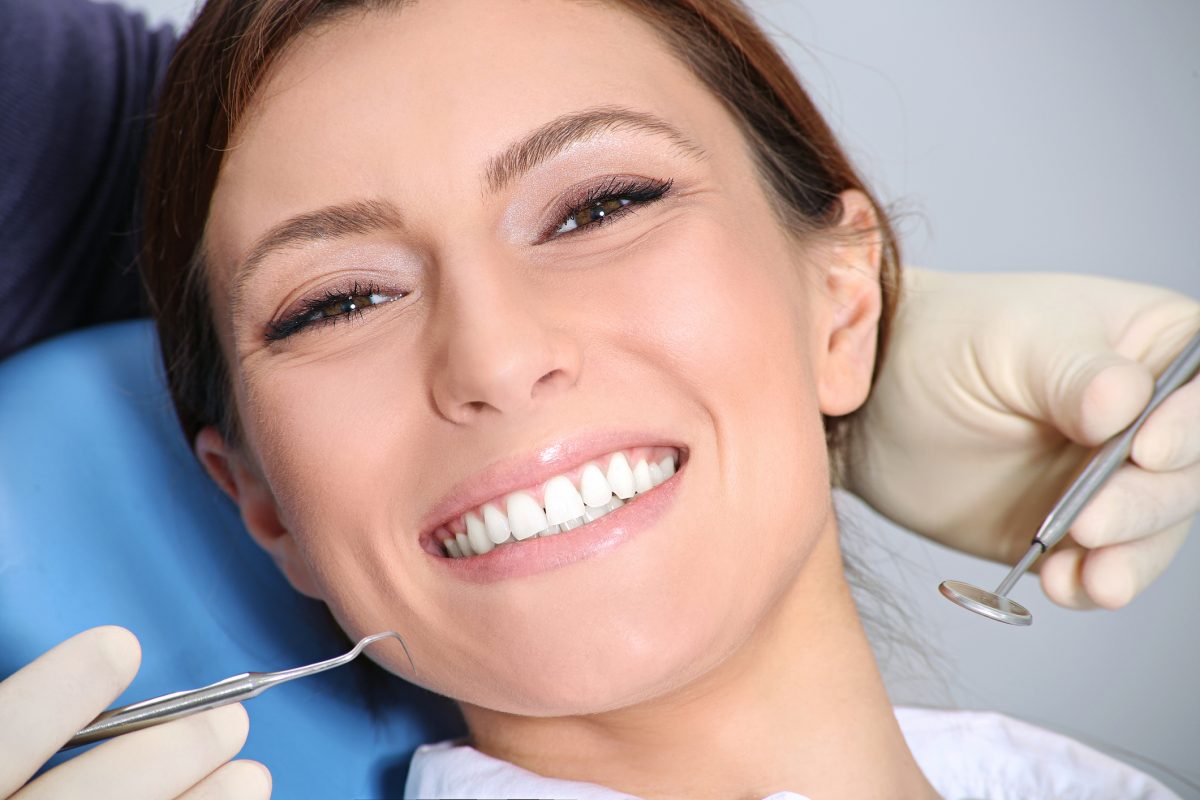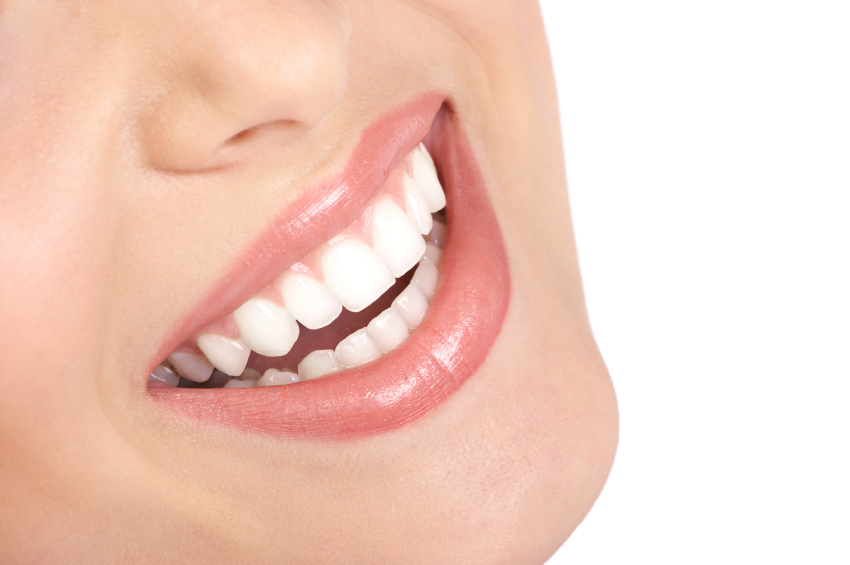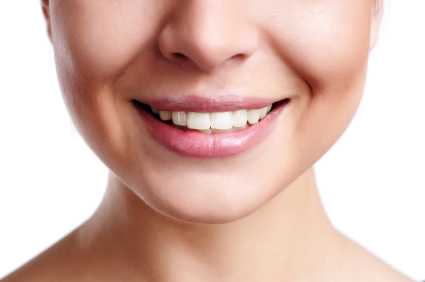Tag: dental cleaning near me
Why Teeth Cleanings in Litchfield MN are Vital To Your Health
Studies show that as many as 90% of adults experience some form of periodontal disease at one point in their lives. Gum disease is caused by the unchecked build-up of bacteria in your mouth. In severe cases, the bacteria can get into your bloodstream and make its way to various body tissues and exacerbates diabetes, heart disease, and other illnesses. Your dental professional can help you manage your oral health and prevent bacteria buildup through dental cleanings.
What Happens When You Don’t Get Your Teeth Cleaned?
The warm and moist environment in your mouth is very hospitable for the growth of bacteria, which manifests as either plaque, a biofilm formed by bacteria colonies living in your mouth, or calculus (tartar), which is the calcified and mineralized form of plaque when it stays on your teeth for too long.
Without professional cleaning, the bacteria in your mouth can accumulate to a point where it becomes active and destructive, resulting in:
- Cavities – plaque is responsible for producing acid that can erode tooth enamel causing uneven tooth wear and even cavities
- Tooth discoloration – tartar is a hard substance that forms on your teeth and attracts more harmful bacteria, ruining the appearance of your smile.
- Gingivitis – this is the first stage of gum infection, which is characterized by gum inflammation, swelling, and reddening. Due to sensitive gums, you may also notice some blood on your toothbrush or when rinsing your mouth after brushing. Fortunately, gingivitis can be successfully treated with professional dental cleaning and an improved at-home oral care routine.
- Periodontitis – If there are no interventions, gingivitis can advance to a more serious and chronic case of gum disease known as periodontitis or periodontal disease. It affects the foundation of your teeth – the bone tissue connecting your teeth to the jaw. If not treated promptly, periodontitis can cause severe bone loss that loosens your teeth with some even falling out. Though it’s irreversible, dental professionals can help you manage the symptoms and improve your oral health.
Your dentist can check for cavities during routine visits, and diagnose periodontal disease by measuring the depth of your gum pockets (space between the teeth and gums), which should be between 1 and 3 mm for a healthy mouth. The dentist will also check for bleeding sites, and assess the extent of bone loss through digital X-rays and clinical observation. Based on the results, they will recommend the best type of dental cleaning in Litchfield MN to solve any issues and improve your oral health.
Dental Cleanings: Regular (Prophy) vs Deep Cleaning | Litchfield MN
There are several types of dental cleanings that may help to remove accumulated plaque and tartar in your mouth, and improve your overall oral health. The American Dental Association recommends that prophylaxis cleanings be performed every six months by your general dentist as a part of your preventative dental care. Prophylaxis is also referred to as “teeth cleaning”, and involves the removal of accumulated plaque from the surface of your teeth above the gumline, as well as tooth polishing.
Prophylaxis is performed using fine hand instruments, as well as an ultrasonic scaler and a polishing cup and paste if there are no signs of gum disease. Generally, a good candidate for prophylaxis should have firm, pink gums with no bleeding, and the gum pockets should be within the healthy range of 1 – 3mm. Though the ADA recommends prophy cleaning every six months, people at high risk of gum disease and other oral issues may require more frequent cleaning at 8 – 16 week intervals.
Will Prophylaxis Cleaning Work for Me?
There are some cases where regular prophylaxis cleaning may not be enough to improve your oral health. Your dental professional will examine your teeth and gums and then determine the best type of alternative cleaning for your individual needs. The other types of dental cleaning include:
- Full Mouth Debridement – it is recommended for people whose teeth have not been professionally cleaned for more than a year, resulting in heavy plaque and tartar (calculus) build-up. This procedure is typically performed before an oral examination and diagnosis to ensure good visibility of the actual condition of your mouth
- Scaling and root planing – commonly referred to as “deep cleaning”, this procedure is recommended for patients who exhibit signs of periodontal disease, such as deeper gum pockets (over 3mm), inflammation and bleeding gums, accumulation of plaque and tartar below the gumline, and/or loss of bone tissue supporting the teeth.
- Periodontal maintenance – following treatment for periodontal disease, your dental professional may recommend this specialized cleaning every 8 – 12 weeks as part of your ongoing treatment for chronic periodontal disease to reduce the risk of adverse symptoms.
Please visit your dentist to discuss your dental cleaning in Litchfield MN today.
Dental Exam & Cleanings in Litchfield MN
Dental professionals agree that you should schedule a dental assessment at least once a year. This is an important examination that aids in the early diagnosis of potential oral problems, such as chips and cracks, cavities, gum disease, and even oral cancer. Besides evaluating your dental health, dentists also perform professional teeth cleaning to remove plaque and calculus or tartar, which are responsible for most common oral problems.
A dental cleaning is typically performed by a dental hygienist. But before the cleaning commences, they will first physically check your teeth, gums, tongue, and the entire mouth for any concerns using a small mirror. If there are any noticeable problems, the dental hygienist will consult the dentist to determine whether it’s safe to proceed with the cleaning.
A typical professional teeth cleaning procedure involves the following five steps:
Step 1: Plaque and Tartar Removal
Your dental professional uses a scaler to remove plaque and calculus from the surface of each tooth, targeting the area above the gums, between the teeth, and around the gum line. The duration of this step depends on how long it has been since your last cleaning.
Step 2: Polishing
When all the plaque and tartar has been removed from your teeth, the hygienist will use a special brush with a soft rubber cup. This not only removes any surface stains, but also makes your tooth surface smooth and shiny to make it harder for plaque to form.
Step 3: Expert Flossing
Professional flossing helps to thoroughly clean the area between your teeth to remove any leftover plaque and toothpaste from the previous steps.
Step 4: Rinsing
The dental hygienist uses a mouth rinse containing liquid fluoride to remove any debris and clean your mouth.
Step 5: Fluoride Treatment
As the final step, your dental hygienist may apply flavored fluoride by putting it in flexible trays that are then placed over your teeth for 30 seconds. This helps to strengthen your teeth and enhance the protection against plaque and calculus.
Keep in mind that this is the standard dental cleaning process. If you have gum disease, your dental hygienist may recommend deep scaling to remove plaque from your tooth roots as well. To learn more about what to expect from a routine dental exam & cleaning in Litchfield MN, please contact your dental office today.
Teeth Cleaning Near Me, Litchfield MN
There are both beneficial and harmful bacteria in your mouth. The beneficial bacteria aids in digestion, while the harmful kind is associated with gum disease, dental caries, bad breath, and many other oral issues. Through daily brushing and flossing at home, you can maintain a low level of harmful bacteria in your mouth to such a level that it doesn’t adversely affect your oral health in the short-term. Unfortunately, there are areas in your mouth that are hard to clean with a toothbrush, where bacteria may build up in your mouth and cause harm.
Professional cleaning helps to prevent this by targeting every corner of your mouth to remove built-up plaque and calculus. This offers many benefits, including:
- Reduced tooth wear and cavities from acids in the mouth – plaque, the biofilm formed by bacteria colonies living in your mouth, is responsible for producing acid that can erode your teeth, cause cavities, and damage your gums.
- Maintaining your bright smile – when plaque is not removed properly, it may calcify and mineralize into a hard substance (tartar) that not only changes the aesthetic appearance of your teeth, but also attracts more harmful bacteria. Tartar or calculus can only be removed during dental cleanings using specialized tools.
- Reduced risk of gingivitis – bacteria in your mouth can accumulate to a point where it becomes active and destructive, resulting in gum infection. The first stage of gum infection is known as gingivitis, and is characterized by gum inflammation, swelling, and reddening. Due to sensitive gums, you may also notice some blood on your toothbrush or when rinsing your mouth after brushing. Fortunately, gingivitis can be successfully treated with professional dental cleaning and an improved at-home oral care routine.
- Prevention of periodontitis – If there are no interventions, gingivitis can advance to a more serious, chronic, and irreversible case of gum disease known as periodontitis or periodontal disease. It affects the foundation of your teeth – the bone tissue connecting your teeth to the jaw. If not treated promptly, periodontitis can cause severe bone loss that loosens your teeth with some even falling out. Though it’s irreversible, dental professionals can help you manage the symptoms and improve your oral health.
Schedule Dental Cleaning Today
Professional dental cleaning can help you enjoy a healthy mouth and smile. Please visit your dentist for a thorough examination of your mouth and to determine the best type of dental cleaning in Litchfield MN to improve your oral health.
Teeth Cleaning & Dental Exams in Litchfield MN
Dental cleaning is a simple, painless, and non-invasive preventive dental procedure that seeks to reduce the risk of dental issues such as cavities, gum disease, and bad breath by removing built-up plaque and tartar. Patients often experience some mild vibrations, cooling mist of liquid, and a bit of pressure during scraping, though this doesn’t cause any discomfort. On the contrary, the feeling can be quite satisfying in knowing that you can keep enjoying your healthy teeth and smile for longer.
Ideally, dental cleanings should be performed every six months, but your dental hygienist may recommend shorter intervals if you’re at greater risk due to pregnancy, your lifestyle habits, or your general health. Moreover, if you have gum disease, your dental hygienist may recommend deep scaling – as opposed to regular dental cleaning – to remove plaque from your tooth roots as well.
Generally, the first step before any dental cleaning is an examination of your mouth. The dental hygienist needs to physically check your teeth, gums, tongue, and the entire mouth for any concerns using a small mirror. If there are no problems, then the procedure for dental cleaning may be as follows:
1. Plaque and Tartar Removal: A scaler is used to remove plaque and calculus from the surface of individual teeth, between the teeth, and around the gum line. This step may take longer if it has been a long time since your last cleaning.
2. Polishing: A high-powered brush with a soft rubber cup and gritty toothpaste helps to gently scrub and polish your teeth. This not only removes any surface stains, but also makes your tooth surface smooth and shiny to make it harder for plaque to form.
3. Expert Flossing: This step helps to thoroughly clean the area between your teeth to remove any leftover plaque and toothpaste from the previous steps.
4. Rinsing: The dental hygienist uses a mouth rinse with liquid fluoride to remove any debris and clean your mouth.
5. Fluoride Treatment: As the final step, your dental hygienist may apply flavored fluoride by putting it in flexible trays that are then placed over your teeth for 30 seconds. This helps to strengthen your teeth and enhance the protection against plaque and calculus.
To learn more about what to expect from a Cleaning and Exam in Litchfield MN procedure, please contact your dental office today.

6 Month Smiles
Six Month Smiles is a short term orthodontic treatment that involves wearing clear braces to straighten and improve tooth alignment. This alternative treatment is a convenient approach to a straighter smile without the time commitment.
Learn more





